






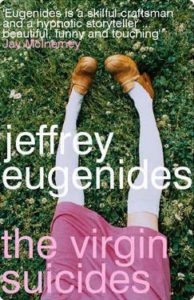






















image via @Breathhigh twitter

Image credit Murdo MacLeod for Guardian





image of Edinburgh Castle via Ian Rankin’s website
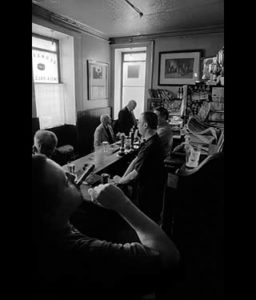


Image of West Bow via website Undiscovered Scotland

Image from Ian Rankin’s Evil Thoughts via YouTube

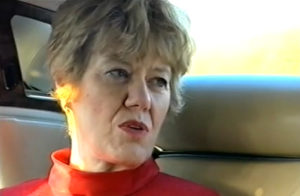
Ian interviews Juliet Hulme/Anne Perry

Image of Ian Rankin via Daily Mail Jan 2017

The Oxford Bar Edinburgh

Image via M.R Twitter of Michael Robotham & Ian Rankin

We have spent Easter taking our twelve-year-old daughter to England for the first time. I’ve returned with bluebell fields, stone circles, wishing trees, blue skies, gorse and spring flowers bursting within me. And, an idea for another book, which hopefully I’ll be able to start soon.

London Called & we Answered
England always feels as if I’m returning home. My ancestor Adam Pennicott was sent to Tasmania as a convict (after time served at dreaded Bermuda penal colony). I always feel emotional returning to England. Apart from the fact that the country is part of my DNA, I grew up on a steady diet of English culture from Thames TV shows and many English books and magazines, in particular, Enid Blyton books, and so England always does feel (as a fellow writer, also on holidays in England, said) like the ‘Mother Country’. I had to to drag my daughter (a product of a more American-influenced childhood) home. She was just as emotional about having to leave as her Anglophile mother.

This trip was especially magical. Daisy is a huge Harry Potter fan, and we toured the Warner Bros studio, spending seven hours marvelling over the talent behind the scenes of the HP movies.

I also managed to procure tickets to The Cursed Child parts One and Two, which is booked out until 2018. I just rocked up to the box office and asked the magical-looking ticket-seller if there was any chance of tickets (I feel forever grateful to this man; in my mind, he will be forever magical). By some synchronistic timing – read MIRACLE – someone had returned three tickets (for both parts, and on the only day we could attend) MOMENTS beforehand. Normally people queue in anticipation of any returned tickets on the day or vie for them online. The expression on my daughter’ s face when I walked out saying I had tickets for both shows was unforgettable.

I’d been working on manifesting that one from Australia for awhile. It was one of those Charlie wins the ticket to the Chocolate Factory moments.

I’ve vowed to #keepthesecrets but the show itself is incredible.

The audience were all on their feet, cheering at the end to give a well-deserved standing ovation to the cast. My friend at the box-office said the show will be around for a very long time, so if you’re planning a trip to the UK, try to see it!

Equally as magical was The Lost Gardens of Heligan. I’ve always longed to tiptoe past the Sleeping Giants and see the walled gardens of this secret garden. Seeing it in Spring was beautiful but I suspect Winter or any of the seasons would be perfect.

We returned to Boscastle in Cornwall and I spent many happy hours in The Witchcraft Museum. I love this unique Museum for its vast, informative collection of British Esoteric objects and Folklore.

Boscastle is my spiritual home in England. I feel a deep affinity to the Cornish sea and landscape and there is something enchanted about that village! We’ve had mystical experiences with toads and people in its twisted, narrow laneways. It’s the sort of village where celebrities like Johnny Depp visit the Witchcraft Museum, without fuss and everybody is treated equally. It was in Boscastle that I heard the strong siren-call of another book. This one is a mythical fantasy which should please the readers who still ask if I ever intend to do another fantasy book. I’ve always believed that fantastical books call you when the time is right, and an idea has been nagging at me since Cornwall, although an early idea had come to me in London as well.

But I also love the moors and I really enjoyed visiting Dartmoor for the first time, to make a pilgrimage to mysterious Wistman’s Wood, a prehistoric woodland, one of Britain’s oldest oak groves, where Druids hold sacred rituals and there are legends about hounds haunting the moors and other eerie tales. Despite its reputation of being one of Dartmoor’s most haunted places, I found Wistman’s Woods a peaceful place and I even did my Transcendental Meditation on a large rock in the middle of the grove. Being amongst the gnarled, dwarf oak trees and large stones was atmospheric. I loved our long walk across the moors with the bright gorse. It reminded me of my childhood in the midlands of Tasmania with the spectacular views. I could hear Emily Bronte in my mind.

No Coward Soul Is Mine
BY EMILY BRONTË
No coward soul is mine
No trembler in the world’s storm-troubled sphere
I see Heaven’s glories shine
And Faith shines equal arming me from Fear
O God within my breast
Almighty ever-present Deity
Life, that in me hast rest,
As I Undying Life, have power in Thee
Vain are the thousand creeds
That move men’s hearts, unutterably vain,
Worthless as withered weeds
Or idlest froth amid the boundless main
To waken doubt in one
Holding so fast by thy infinity,
So surely anchored on
The steadfast rock of Immortality.
With wide-embracing love
Thy spirit animates eternal years
Pervades and broods above,
Changes, sustains, dissolves, creates and rears
Though earth and moon were gone
And suns and universes ceased to be
And Thou wert left alone
Every Existence would exist in thee
There is not room for Death
Nor atom that his might could render void
Since thou art Being and Breath
And what thou art may never be destroyed.
Two weeks felt like two months as we experienced so much. I shall upload a few albums on my personal page on Facebook of some the places we visited and I hope to write here about some of the highlights relating to my work, including a special day at Agatha Christie’s holiday home in Greenway. I’ve posted a handful of photos on my Instagram and I shall also be uploading albums to my personal Facebook page. So please connect with me, or friend me there, if you’re interested.

There’s only one cure for my sadness about such a special holiday being over and that’s to throw myself back into my writing. And begin manifesting the next.

With friends in Avebury on our last day
Boscastle, and ancient Wishing Tree in Avebury, I hope it won’t be too long before the path reunites us.

Don’t forget to sign up for my newsletter if you are interested in my New Moon musings. I haven’t been sending a lot lately as with this Taurus New Moon, I’ve been recovering from all the excitement of my trip. And so I won’t be flooding your inbox, but I do plan to send out my New Moon musings once I settle back in.
Love from Above the Clouds,
Josephine xx
Secrets, Lies and Deceptions in Elizabethan England.







Seething Lane Skulls


Hello, I’ve just finished a yearly tarot reading on my deck on New Year’s Eve and the Magician card made a welcome reappearance and also the Hermit card is the year’s overall theme card. I’m feeling good about 2017 after the Beast of 2016.


Wishing you and your loved ones, a Happy New Year. If you’ve been doing it tough in 2016, I raise a glass to you tonight. Thank you for your support of my writing this year. May a thousand Bluebirds of Joy bring you happiness in 2017.

Love, Light and Moonshine
Josephine xx


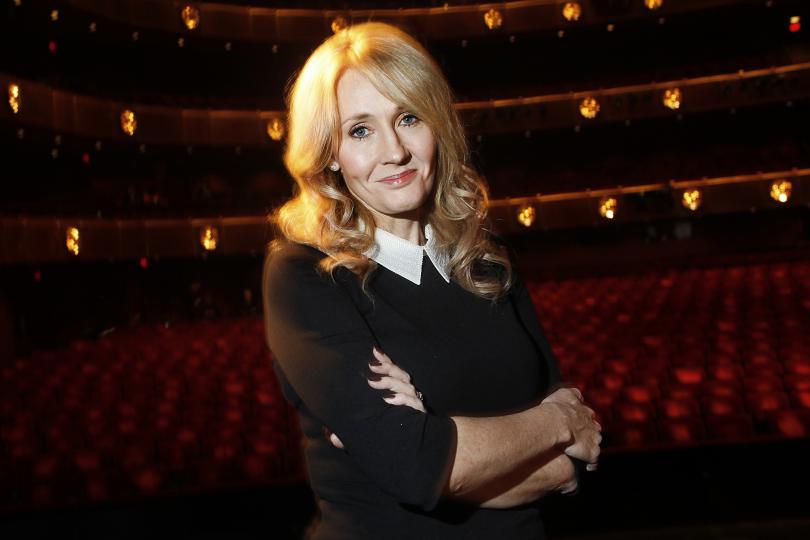



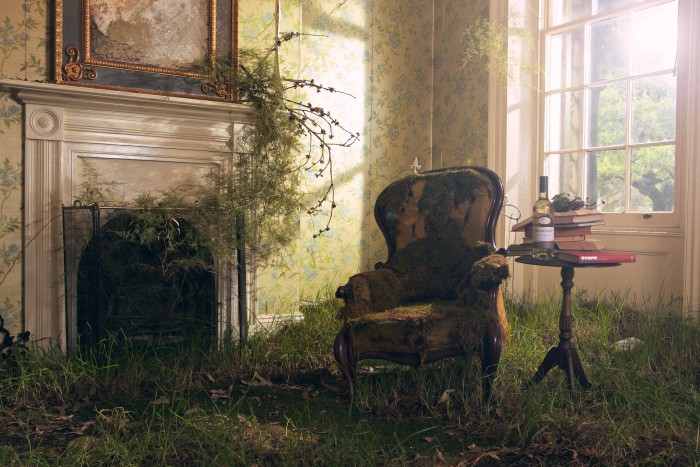




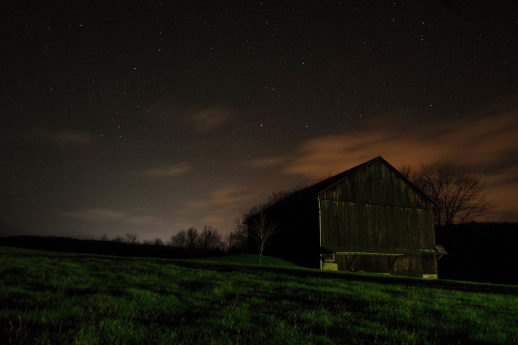




Gillian Flynn on right with Charlize Theron.

The Pinot Noir Study Room at Stoneleigh 50


It is the school holidays. I’m the first awake as my family were all up late last night. My eleven-year-old girl read The Cursed Child in bed with a torch till past midnight. She has re-read this book over ten times since we bought it for her. J.K Rowling’s world has meant to much to her over the years, just as Enid Blyton formed my childhood joy and provided solace in tough times.

Outside, the weather is bleak and a wind blows hard, making the trees shake around the house. We are hoping for snow to fall in the Blue Mountains, despite the fact we are now in October. Snowfalls are still possible in early Spring when you live above the clouds.

It was vastly different weather conditions in January, 2014, when I sat by the river in Richmond, Tasmania, on a family holiday watching the golden sunlight and the shadows dapple and form patterns on the water.

As with several of my books, an image came to me as swans glided past. I was luxuriating in the peace of the convict-built bridge and village – a place so seemingly tranquil, but which contained shadows.

The scene that came to me was of a young man sitting by the river writing a note, confessing to a crime he believes he is guilty of. Two girls rowing a boat on the water sing ‘Buttons and Bows’ and suddenly the serenity of the sleepy Tasmanian hamlet is shattered when one of the girl’s oars snags on a floating body.

This was the beginning of The Secret Echoes, which I just finished this week. From the very start, I knew it would contain certain elements: the golden Tasmanian sunshine and mellow light, a bridge that harboured secrets, a supposed ghost that haunted the bridge, letters, a poison-pen writer, the death of the town’s most popular golden girl. Swans, secrets and shadows. I couldn’t wait to start writing to discover who the body was in the river and whether the boy confessing to the crimes was as guilty as he believed. The working title of the book was Sweetwater.

As the book progressed those elements remained but it took an unexpected journey. I always knew I wanted to set it in the 1950s, but a 1920s thread also felt strong and a few months into writing, a fairly minor character in the 1880s became increasingly insistent to be featured more. This put the book back about six months, as I had to put it aside to research 1800s Australia before I felt confident about being able to portray this headstrong character and her life and times.

My journal entry for August, 2014 records I had just begun the first draft.
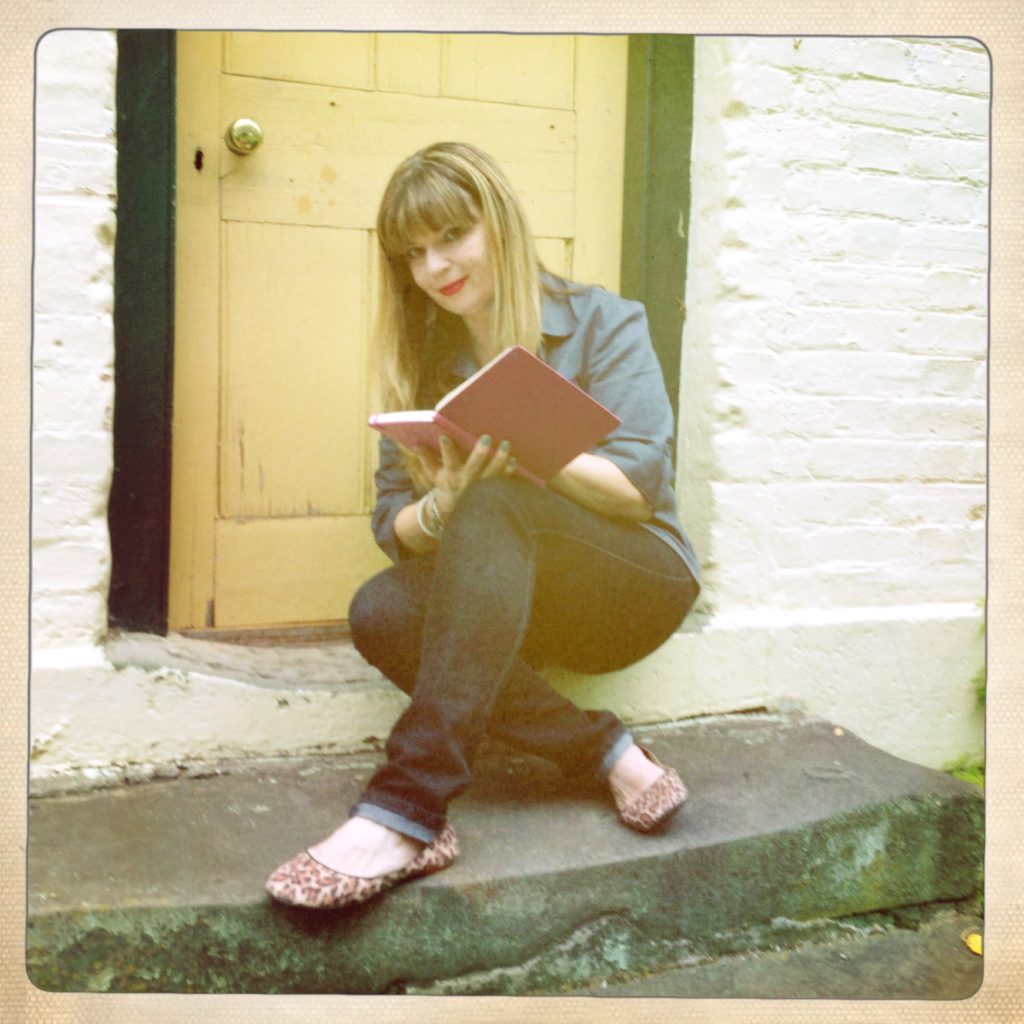
I could not have conceived at that time how dramatically different my life would be from that day I began the opening scene. My family faced several major challenges: we moved house from the city to the country. In our city life we had to deal with bullying developers, bullying children (and their even worse bullying mothers) and a health diagnosis for one member of our family that was shattering.

But throughout the chaos, I kept returning to the book and although it took me a few months longer than planned, I was delighted to finish the final segment, Wattle Dreaming, this week of The Secret Echoes.

I hope it makes it way with confident strong legs out into the world and finds a readership. With the New Moon (the Black Moon) just having passed us, I made wishes and blessings for its journey. And I’m excited to begin the next book, which has been calling impatiently to me for years.
Love and Light,
From above the clouds,
Josephine